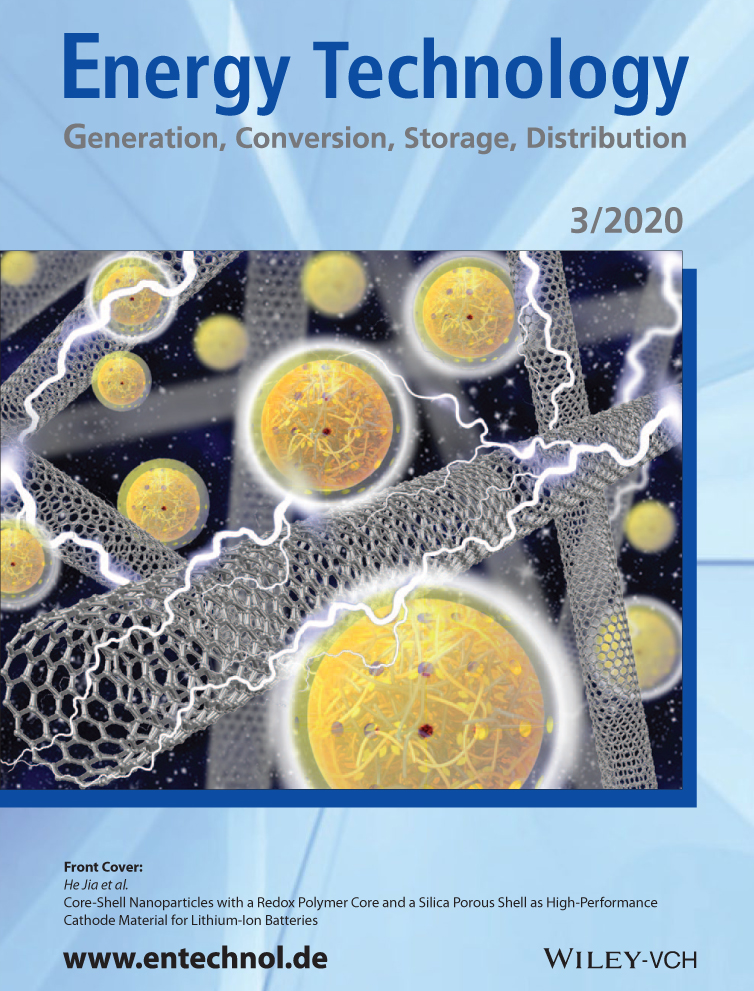CoP/N-Doped Carbon Nanowire Derived from Co-Based Coordination Polymer as Efficient Electrocatalyst toward Oxygen Evolution Reaction
Abstract
The development of cheap, high-efficiency, and long-term durable oxygen evolution reaction (OER) electrocatalysts has become a research hotspot. Carbon-confined transition-metal phosphides derived from coordination polymers and metal–organic frameworks have received great attention. Herein, a CoP/N-doped carbon-400 (CoP/NC-400) nanowire is prepared using a coordination polymer [Co(C4H7NO4)]·xH2O (Co-Asp, Asp = l-aspartic acid) nanowire as the precursor and template through simultaneous pyrolysis and low-temperature phosphidation. Electrochemical tests indicate that the CoP/NC-400 nanowire displays better OER properties than CoP/NC-300/500 nanowires. The overpotential required to reach a current density of 10 mA cm−2 is 320 mV with a minimum Tafel slope of 89 mV dec−1. Moreover, at a higher current density, the OER performance of the CoP/NC-400 nanowire is superior to that of RuO2. The excellent electrochemical performance of the CoP/NC-400 nanowire is attributed to the high electrochemical surface area and the strong synergistic effect of the CoP nanoparticle and the N-doped carbon nanowire.
Conflict of Interest
The authors declare no conflict of interest.




